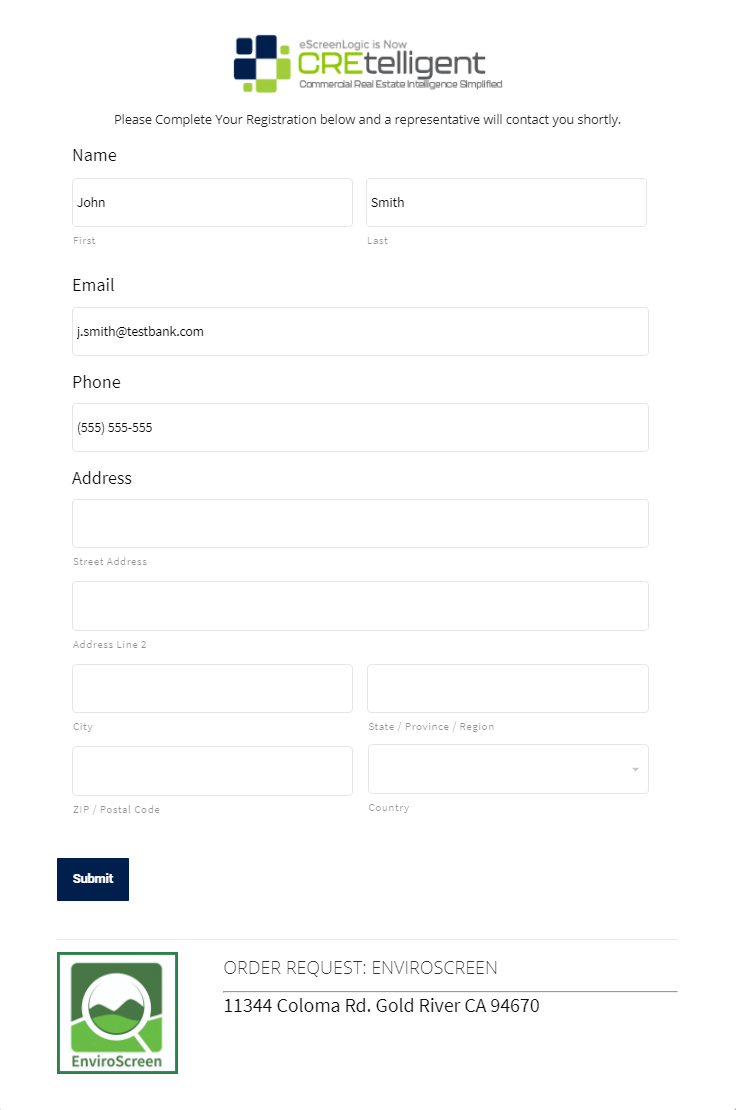Did You Know?
…that CRE asset valuation is one of the four critical pillars for building a kingdom of collateral certainty where collateral is King?
In both residential and commercial underwriting, the world has evolved well beyond the practices of the quintessential (and fictional) banker George Bailey at the Bedford Falls Building & Loan. Back then, lending decisions were heavily based on personal relationships and a banker knowing the business and character of the individual applying for the loan. And while character is still considered as one of the “Four C’s of underwriting,” the two C’s that garner the most attention in today’s underwriting process are Credit and Capacity especially in today’s COVID impacted market.
CRE lenders; including traditional banks, credit unions, and non-depository lenders, spend considerable time on credit and capacity, reviewing borrower financial statements and tax returns for insight into cash flow, debt-yield ratio, LTV, loan-to-cost ratio, and profit ratio. These and several other factors are assessed depending on loan type (conventional, SBA, bridge, construction, etc.).
But what about the fourth “C” in our underwriting equation? Collateral. With the country and the world in the throes of the COVID pandemic, how does this change the UW of different CRE asset classes given the need to be properly “collateralized.”
During my years with CoreLogic and First American, I watched banks and lenders take different positions on evaluating transaction collateral. Regardless of the institution, the universal mantra was the same: “Collateral is king! The asset secures all loan products. If the first three C’s fail, the only thing saving the lender from substantial loss is a properly collateralized loan. If proper due diligence was not completed during the underwriting phase, loss severity can be staggering.
Collateral Certainty includes four primary due diligence steps:
- Asset Valuation
- Environmental Risk Assessment
- Property condition inspection, and
- Flood zone determination
Let’s focus on the valuation of CRE properties – Asset Valuation.
Regardless of loan product, most commercial lending happens with loan-to-value ratios at 70% or below. While there are several different methods and valuation solutions, two products are most common in CRE lending. The first solution is a traditional commercial appraisal (general or MAI), widely considered the most comprehensive and accurate in the industry. The method requires a licensed appraiser, who may or may not be MAI, and can include both a comp-based and income-based valuation. The appraisal process can take 4-6 weeks and can cost, depending on property type, size, location, etc., over $4,000. Valuing residential properties, particularly in homogenous neighborhoods, is typically easier as comparable sales or listings are often readily available. However, valuing commercial properties can be much more challenging and laborious. But getting this step in the collateral certainty process wrong, even by 10%-15%, puts the lender or investor at significant risk in the event of default.
Another increasingly common valuation product is the commercial evaluation because it is a faster, more cost-effective, yet fully compliant commercial valuation solution. Turn times for commercial evaluations often clock in at under ten days and cost a fraction of a full appraisal. But as you would expect, rules and regulations apply to different use cases. First, commercial evaluations can only be used on loans $500,000 and less (*unless the lender is a credit union – then loan amount can be up to $1 million). Complicating things further, 23 states do not allow anyone but a USPAP licensed appraiser to “conclude the value” for a property. As a result, costs and turn times for this alternative tend to be a bit greater in these states. Brokers may do the fieldwork and data collection, but the selection of comparable sales and value conclusions must be completed and signed off by a licensed appraiser.
Lastly, it’s worth mentioning that CREtelligent will soon offer an Automated Valuation Model (CAVM) that can estimate the value of CRE properties in four asset classes (multi-family, retail, industrial, and office). This report can be run from our RADIUS platform in under 30 seconds. While it won’t replace an appraisal to establish the value in a CRE transaction, its use case is broad to include site selection, listing price determination, value screening at application, appraisal review, portfolio value updates, and more. If there is anything we can do to help explain some of the points made in this article, feel free to reach to us at any time at LetUsHelp@cretelligent.com


















